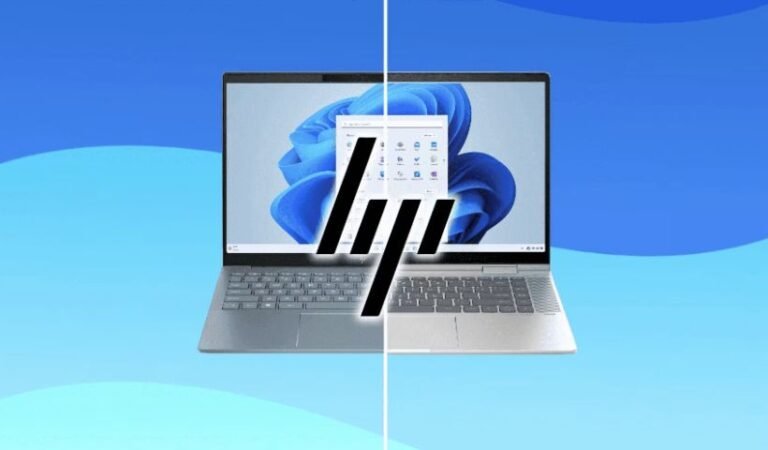What is the benefit of Cold Chain Monitoring System?
Cold chain management systems are becoming an essential component of sectors including pharmaceuticals, food manufacturing, and logistics in today’s fast-paced global economy. However, describe a cold chain monitoring system in detail and explain how it differs from an energy monitoring system. This article explores the significance of energy monitoring systems and cold chain management in terms of increasing productivity and cutting expenses.
Understanding the Cold Chain Monitoring System
A temperature-controlled supply chain that guarantees perishable goods stay within a given temperature range during storage, transit, and distribution is known as a “cold chain management system.” For businesses that deal with temperature-sensitive products, such as vaccinations, fresh vegetables, and frozen goods, these systems are essential.
In order to keep products fresh and prevent spoiling, cold chains involve a number of procedures, such as handling, storage, refrigeration, and transportation. Products may become contaminated if there is a disruption in the cold chain, which could result in lost revenue, health hazards, and resource waste.
Components of a Cold Chain Management System
Typical components of a cold chain management system are:
Refrigerated storage spaces: To maintain a constant temperature for the goods.
Refrigerated transport vehicles: Transport vehicles that are refrigerated are built to keep their temperatures low while being transported.
Temperature monitoring systems: To guarantee that the proper temperature is kept throughout the trip.
Software for logistics and tracking: Aids in organizing goods flow and guaranteeing on-time delivery.
Challenges Faced in Cold Chain Management
Temperature Control Failures: Changes in temperature can lead to spoiling due to equipment failures or human mistake.
Energy Consumption: Cold chain activities require a lot of energy since warehouses, transportation systems, and refrigeration units all use a lot of electricity.
Respect for Regulations: Cold chain management is subject to stringent regulations, particularly in the areas of food safety and medicines. Penalties for noncompliance might be quite severe.
Complexity of Logistics: Cold chain logistics are made more complex by the need to provide seamless cross-border movement and storage while upholding stringent temperature restrictions.
Energy Monitoring Systems: Revolutionizing Cold Chain Operations
Controlling energy use is one of the main issues facing cold chain systems. Energy monitoring systems are useful in this situation. Businesses may now check and optimize their energy usage in real time thanks to technologies called energy monitoring systems. Through the integration of these technologies with cold chain monitoring, companies can achieve substantial cost reductions and enhanced sustainability.
How Cold Chain Management Uses Energy Monitoring Systems
Real-time Energy Tracking: By offering data on energy usage in real-time, energy monitoring devices assist in spotting inefficient procedures and broken equipment. This is especially important in the cold chain, because energy waste has a direct effect on operating expenses.
Lower Operational Costs: Cold chain operators can pinpoint places where energy is being squandered and implement corrective measures by correctly tracking energy usage. This might be as easy as changing the refrigeration machines’ temperature settings or investing in new, energy-efficient machinery.
Sustainability and Compliance: A lot of nations now mandate that companies adhere to strict energy-efficiency guidelines. Companies may simply check and report on their energy usage by installing an energy monitoring system, which ensures compliance with environmental standards.
Predictive Maintenance: Energy monitoring systems can also assist in anticipating equipment breakdowns by identifying possible issues before they arise. For instance, if a refrigeration unit begins to use more energy than usual, this may indicate that the machinery needs to be serviced or replaced to avoid future, expensive malfunctions.
Improved Decision Making: Managers may decide on equipment improvements, operational changes, and energy-saving projects with knowledge gathered from energy monitoring systems. Cold chain operators benefit from this data-driven strategy by seeing a decrease in expenses as well as an increase in system dependability and efficiency.
How Cold Chain Management Uses Energy Monitoring Systems
Sensors and software are used by energy monitoring systems to gather data on different elements of energy consumption. These systems can be included into storage facilities, transit vehicles, and refrigeration units in the context of cold chain management.
Essential Components of a Successful Energy Monitoring System:
Data Collection: Temperature, humidity, and energy consumption data are gathered by sensors installed in refrigeration units and warehouses.
Data analysis: To uncover inefficiencies and offer insights into patterns of energy consumption, software applications evaluate this data.
Alerts and Notifications: The system notifies management of potential problems if energy usage above predetermined criteria.
Reporting and Visualization: Managers can view energy usage patterns and make well-informed decisions to optimize the cold chain process with the aid of comprehensive data and dashboards.
Energy Monitoring’s Practical Use in Cold Chains
Consider the pharmaceutical sector, for example. For vaccinations to continue to work, they must be stored at a very precise temperature. Pharmaceutical firms can avoid costly spoilage by ensuring that their refrigeration units are running at maximum efficiency by including an energy monitoring system into their cold chain.
Similar to this, supermarket chains with sizable chilled storage sections can save energy expenses by using energy monitoring devices, particularly during high consumption hours. This not only saves costs but also supports environmental sustainability objectives, which are becoming more and more crucial for companies that deal with customers.
Conclusion
It is now required, not optional, for cold chain management to incorporate an energy monitoring system. Businesses need to adapt as environmental rules tighten and energy costs rise by introducing technology that boost sustainability and efficiency. Energy monitoring systems give cold chain operators a complete answer to their problems by maximizing energy use, cutting expenses, and guaranteeing product quality.
Businesses that implement energy monitoring systems not only help create a more sustainable future for themselves, but they also boost their competitiveness in a market where dependability and efficiency are critical.
Read more: https://newstips.co.uk/expert-car-body-removal-in-townsville/






